NASA Forgot the Largest Rocket Booster It Built – in the 1960s.

NASA’s Space Launch System Booster Thunders During Successful Ground Test
“The largest, most powerful rocket booster ever built successfully fired up Wednesday …”
Aerojet, Wikipedia
“Between Sept. 25, 1965 and June 17, 1967, three static test firings were done. SL-1 was fired at night, and the flame was clearly visible from Miami 50 km away, producing over 3 million pounds of thrust. SL-2 was fired with similar success and relatively uneventful. SL-3, the third and what would be the final test rocket, used a partially submerged nozzle and produced 2,670,000 kgf thrust, making it the largest solid-fuel rocket ever.”
 Keith’s note: That picture shows 5.88 million pounds of good old 1960s Aerojet rocket thrust folks (larger image) compared with only 3.6 million pounds of 2015 Orbital ATK thrust. Funny how NASA has forgotten the amazing things it once paid Aerojet to do back in the day. Indeed it has been thumping this incorrect “most powerful rocket booster” mantra for weeks.
Keith’s note: That picture shows 5.88 million pounds of good old 1960s Aerojet rocket thrust folks (larger image) compared with only 3.6 million pounds of 2015 Orbital ATK thrust. Funny how NASA has forgotten the amazing things it once paid Aerojet to do back in the day. Indeed it has been thumping this incorrect “most powerful rocket booster” mantra for weeks.
Aerojet-Dade Rocket Facility (this place still exists!)



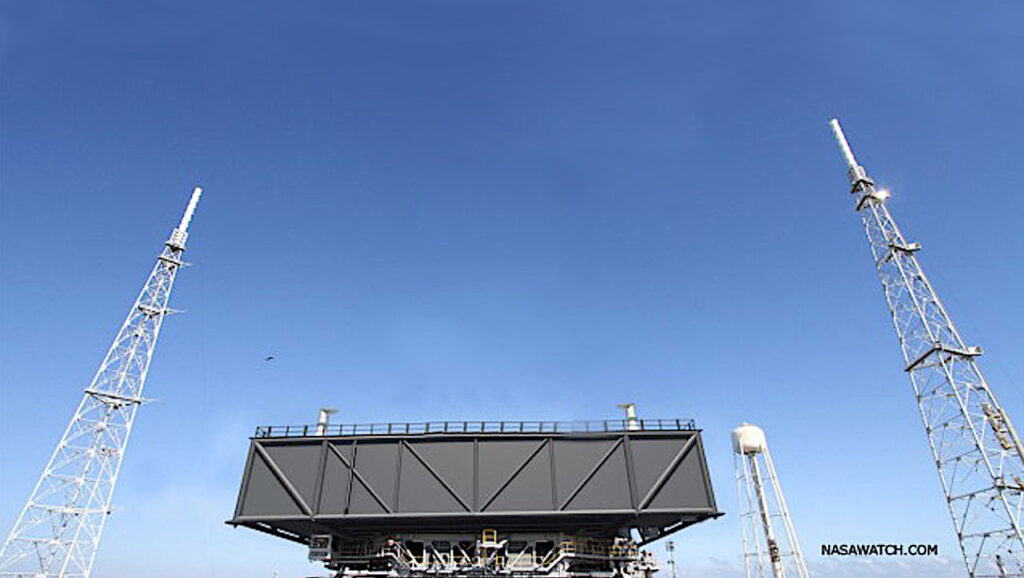
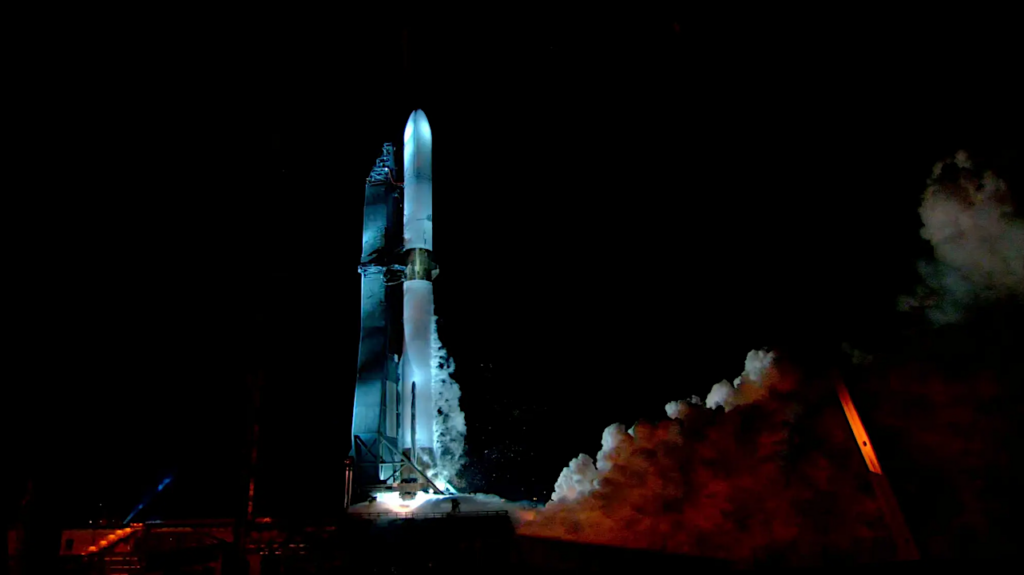
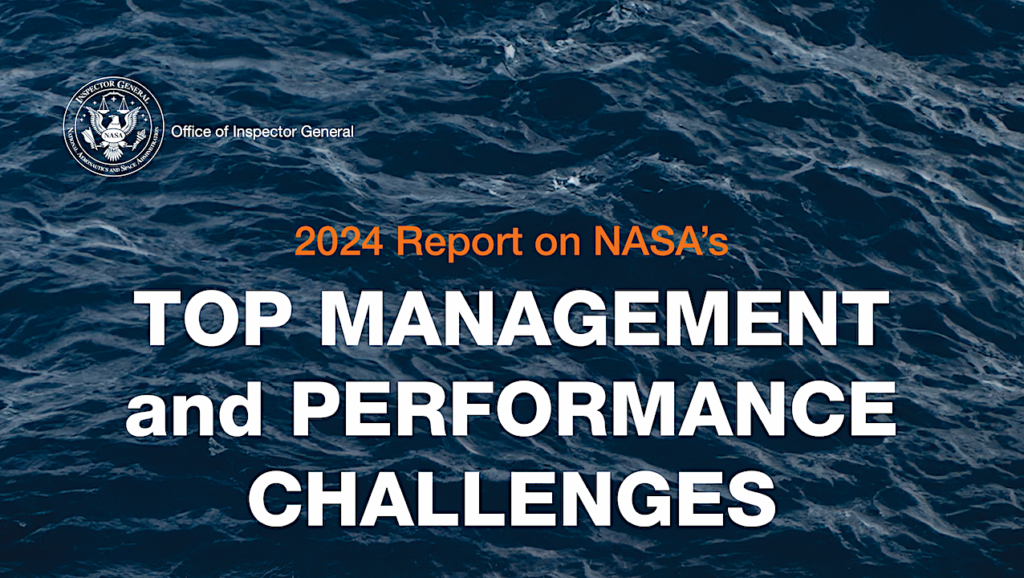
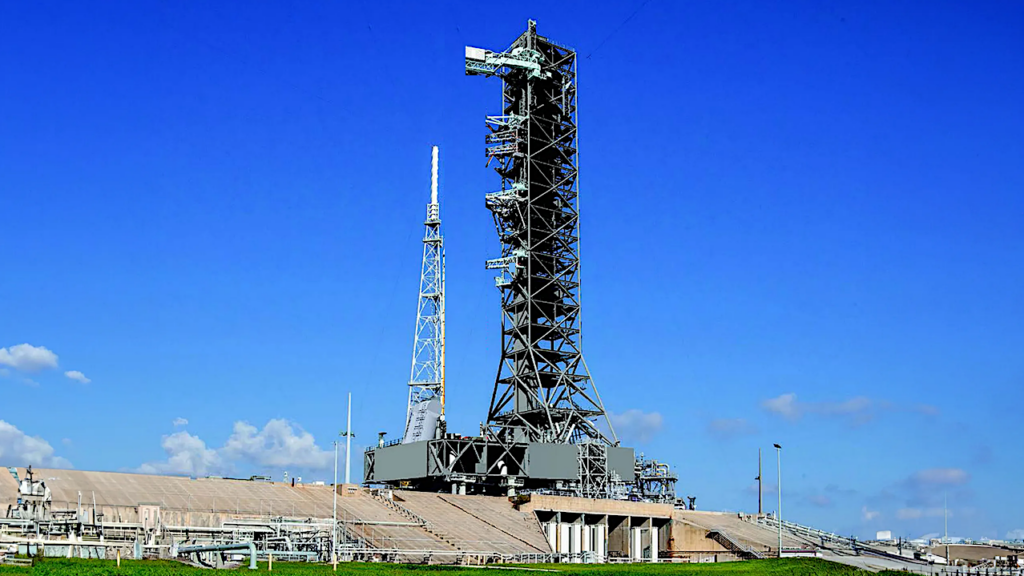
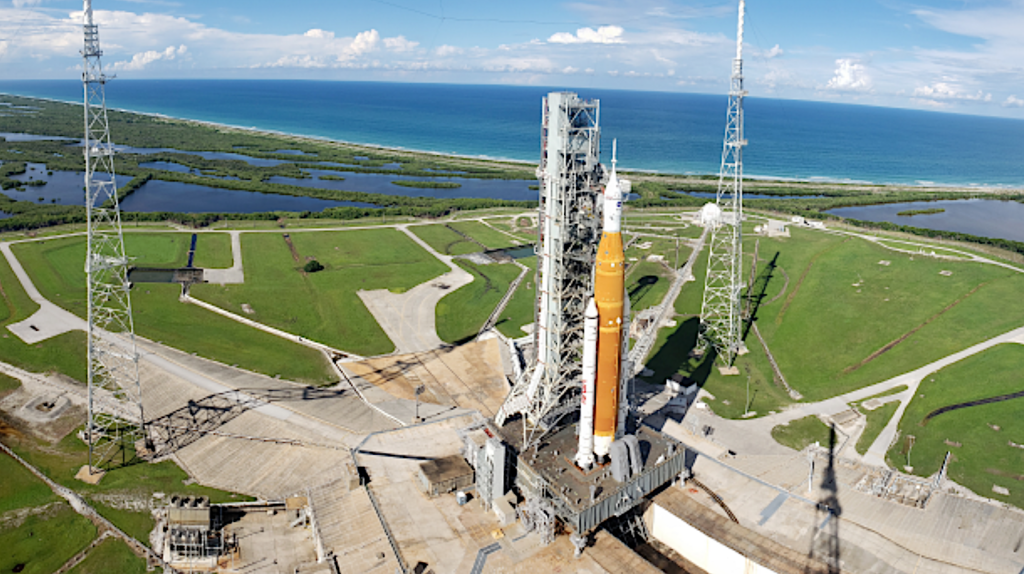

About what I expect from the Bolden-Era NASA manned space program. Maybe they’re hoping that if they talk that up as much as possible, people will forget that they have no money to use it to go anywhere except LEO.*
* Which I suspect will mean few launches, since it would just be a more expensive way to do the same stuff Commercial Crew is supposed to do.
They have $18 billion per year. That’s more than enough to do much more than they are doing.
They do not have enough money to do things stupidly and still go beyond LEO. But that’s not a problem with the funding, it’s a problem with the insistence on doing things as if they had Apollo-era funding.
Except NASA has little say in this. The stupid way is being forced by Congress, which mandated that NASA continue with SLS in order to keep spreading the pork around.
Wasn’t there also research on the Nuclear Engine Rocket Vehicle Application (NERVA) that ran for two decades? The third stage of a Saturn rocket would be nuclear and classified as S-N. This new Saturn rocket was to take NASA to Mars by 1978 and establish a permanent lunar base by 1981. Unfortunately, NERVA was cancelled in 1972 along with the moon program.
Yes, the NERVA almost reached engineering maturity. Many of the problems of erosion and vibration were brought to near manageability. If pursued, a NERVA engine could have potentially cut Mars travel time by a half.
Here’s the Kiwi Transient Nuclear Test (KIWI-TNT) where a test KIWI engine had its safety and control systems made non-functional (like would happen in an accident) and a power excursion initiated. Wisely, a fresh core was used to minimize the release of fission products. A reactor after running would of course be astronomically more radioactive.
More than that, they actually had to blast the actuators open to force an excursion of this magnitude (a beyond worst case scenario). Under normal (and abnormal) operations there is nothing the engine could have done to actually rupture the vessel (they tried). Worse case they would have blown parts of the reactor out the nozzle
They rotated the control drum at a 100x normal. It was like what would happen if the stage fails such as if the Saturn V exploded.
In my mind the bigger danger was a re-entry of a “hot” engine loaded with fission products.
The pupose of the KIWI-TNT test was to determine if the hazard of reactor failing on the launch pad was worse than the effect of the conventional explosion of the Saturn-V below.
The lethal range of the shockwave, debris, and heat of the conventional rocket fireball was similar to the range of the immediate radiation sickness casualties resulting from the prompt radiation emission., so it was not considered an extra risk.
Being the 1960’s they did not consider deeply the long-term effect of the excursion or exposure to the drifting cloud. I don’t recall see cancer mentioned once in the documentation.
A launch pad explosion wouldn’t have had a hot Saturn-N stage. Sure it would have spread highly enriched uranium all over the place if the reactor vessel was breached, but there would have been no fission products. RIFT would have launched cold with the reactor going critical either as part of an upper stage burn (replacing the S-IVB) or in orbit.
Here’s one before firing.
I love the Classic Beetle underneath it. Mine was a much cooler Kansas City Red.
Here is a link to YouTube video showing quick clip of the SL-2 test.
http://www.youtube.com/watc…
so that was the most powerful solid rocket booster then (SL-1-2-3) and this is the worlds most powerful solid rocket booster now! (QM1) And furthermore, NASA is the reason for both of them.
I always read the headline as “this is bigger than the SLS booster”. I never thought it was implying it was the “Biggest EVER”.
Lost historically, amongst NASA and Space.com‘s erroneous hype on this morning’s test firing, i.e., “world’s largest solid rocket motor”, is the 156″ solid rocket motor. As a youth, in the mid 60s, I worked at Lockheed Propulsion Co (LPC), now defunct, in Mentone Calif. I worked on the first design of 120″ segmented solid motor (the Space Shuttle solid and also the fore-bearer of the motor fired today) and I also worked on the 156″ segmented solid motor. At least one of the 156″ was fired at about 4.5×10**6 lbf as far as I can recall
The 156″ motor was to be a mobile ICBM that could be launched from mobile transporters at randomly placed locations about the US and moved about on the interstate highway system. In fact, the height of the overpasses on the interstate highway system was set to accommodate the 156″ motor and transporter. It is funny today but when the motor was transported from Mentone (the manufacturing facility) to the Protrero ranch (the firing facility) along an interstate, it was necessary to let air out of the transporter tires to get under an overpass. This was not funny at the time.
At that time, there were competitors in the solid rocket industry. For the big motors, there were LPC, and aerojet in sacramento, and thiokol in Utah. The utah facilities survive under the ownership of Orbital. I don’t believe the others actually fired a 156″ but they made competing designs before the program was cancelled.
The 120″ solid has just evolved over the last half a century not much changed from the designs of the 60s. At that time various thrust vector control approaches were tried. Nozzle erosion and case insulation depletion, etc, was studied then as it is now. This firing was hardly a technological breakthrough. The reporters and NASA PR people should look over their facts before they make erroneous pronouncements.
Tom Kosvic
I expect more such pronouncements of “first” and “largest” etc. as time goes on and much knowledge of the past becomes lost. There is Google but with so much information (rather than knowledge) useful information is pretty difficult to find (too many marketing and aggregate sites). Unless you were there then “it never happened.”
For those interested in more information on the 260-inch
Diameter Motor Feasibility Demonstration Program of 1963-66, managed by the
NASA Lewis Research Center and USAF/AFRL, please see these publically available
sources:
Status of the 260-Inch Diameter Solid Rocket Motor
Program², C. Ciepluch, NASA Lewis Research Center, NASA TM X-52275, 1967.
260-In – Dia Motor Feasibility Demonstration
Program², Final Program Summary Report, Aerojet-General Corp, contract no.
NAS3-6284, NASA CR 72127, 8 Apr 1966.
Summary comparison:
260
inch (SL-3) Ares I (DM-2) SLS (QM-1)
Organizations NASA LeRC NASA MSFC NASA MSFC
Aerojet ATK Orbital ATK
Year
1966
2010
2015
Diameter (ft) 21 2/3 12
Total length (ft) 75
1/4 154
177
Propellant weight (lb)
1,676,000 1,380,300 1,600,000 (total incl prop)
Max thrust (lbf) 5,880,000 3,537,000 (vacuum) 3,600,000
Total impulse (lbf-sec) 398,344,000* 366,750,000 (vacuum)
Action time (sec) 75.2 (web) 125.6
*calculated
hey I’m a solids guy but even i agree with the liquid guys, sls should have two kerosene boosters on the side. and they should at least stop this farcical tale that it makes any economic sense at all to recover solid boosters for “reloading”. it’s a pure cost on the dumbest part of the stack and the parachutes cost payload making it a terrible economic trade. not to mention the recovery crews and their ongoing training and boat maintenance….
But it did make sense from a safety point of view because the engineers got a chance to inspect the factory joints, field joints, nozzle joint (which moves), and etc. If the engineers had paid a bit more attention to the o-ring erosion issue (they were *not* designed to have hot gasses anywhere near the o-rings), then the Challenger disaster might not have happened at all.
Of course, you can make the same argument for liquids. It was a good thing the SSMEs were torn down and inspected, especially after the early flights and after any modifications were made. SLS will expend the SSMEs, which will eventually be replaced with a cheaper to manufacture version. Not being able to recover these updated engines is not a good thing from a safety point of view.
Guessing how well any hardware worked as it is sitting on the ocean floor is not good for safety. 🙁
Yep that’s the argument atk settled on after it was patently obvious there is no economic benefit. Liquids can be acceptance tested. All you can do with a solid is qualify the design and hope there’s no gremlin in motor number 40. Once a liquid is acceptance tested its exceedingly rare to see a failure… Unless you put fod in the LOx tank anyway…….
Agreed. And there are limits to how well safety is improved by inspections of flown solids.
Reusing liquid stages should help eliminate the “infant mortality” problems inherent in a new copy of a launch vehicle. Reusing large, segmented solids, not so much. The joints are torn apart, inspected, and reassembled as well as case linings, insulation, and etc. By the time a solid is ready to fire again, there are still many opportunities for “infant mortality” problems to arise.
The SLS SRBs will not be recovered.
Having been a dabbler in homemade solid rockets in my youth–those halcyon Zinc-Suphur days— I marvel how anyone can get a propellant grain 25 feet in diameter to burn evenly.
Yes, my contemporaries were “dabbling” with Zinc dust & Sulfur, packed in hardware-store Reynolds aluminum tubing…and, with a 90 in./sec. burning rate (versus 1.?? In./sec for Shuttle SRB propellant grains)…were seeing them go up 10 feet and blow up! Being a scardy-cat, I turned to liquid propellants, and designed and had fabricated (indulgent parents paid the costs) a 55 lbf static test engine, that performed quite nicely through several test firings. The problem is not getting a solid grain to burn evenly, the problem is, in the even of a void or case bond separation, to be able to detect it before lighting it off. The other problem is that once lit, it is very difficult to stop a SRM. If the vehicle configuration is “right” (NOT the “Navajo stack” like the Shuttle), you may be able to design in thrust termination ports. But those are only good toward the end of the burn. If you detect something wrong with a liquid, you can, short of a turbopump disintegration, or thrust chamber burn through, you can usually shut it down. With sufficient number of engines, shutting down a single or two or three poses no problem to the mission success.
For high-value payloads (including human ones) give me liquids every time!